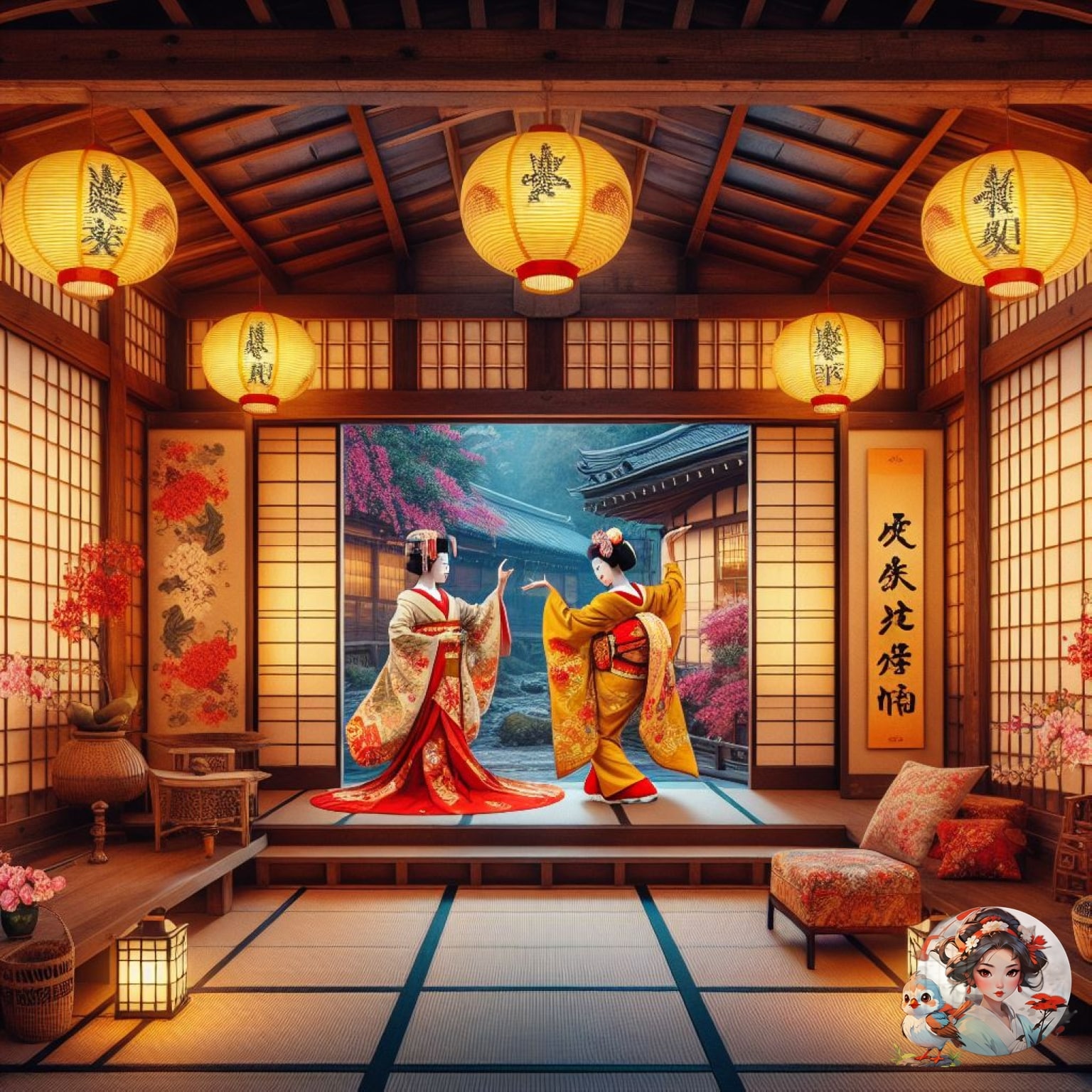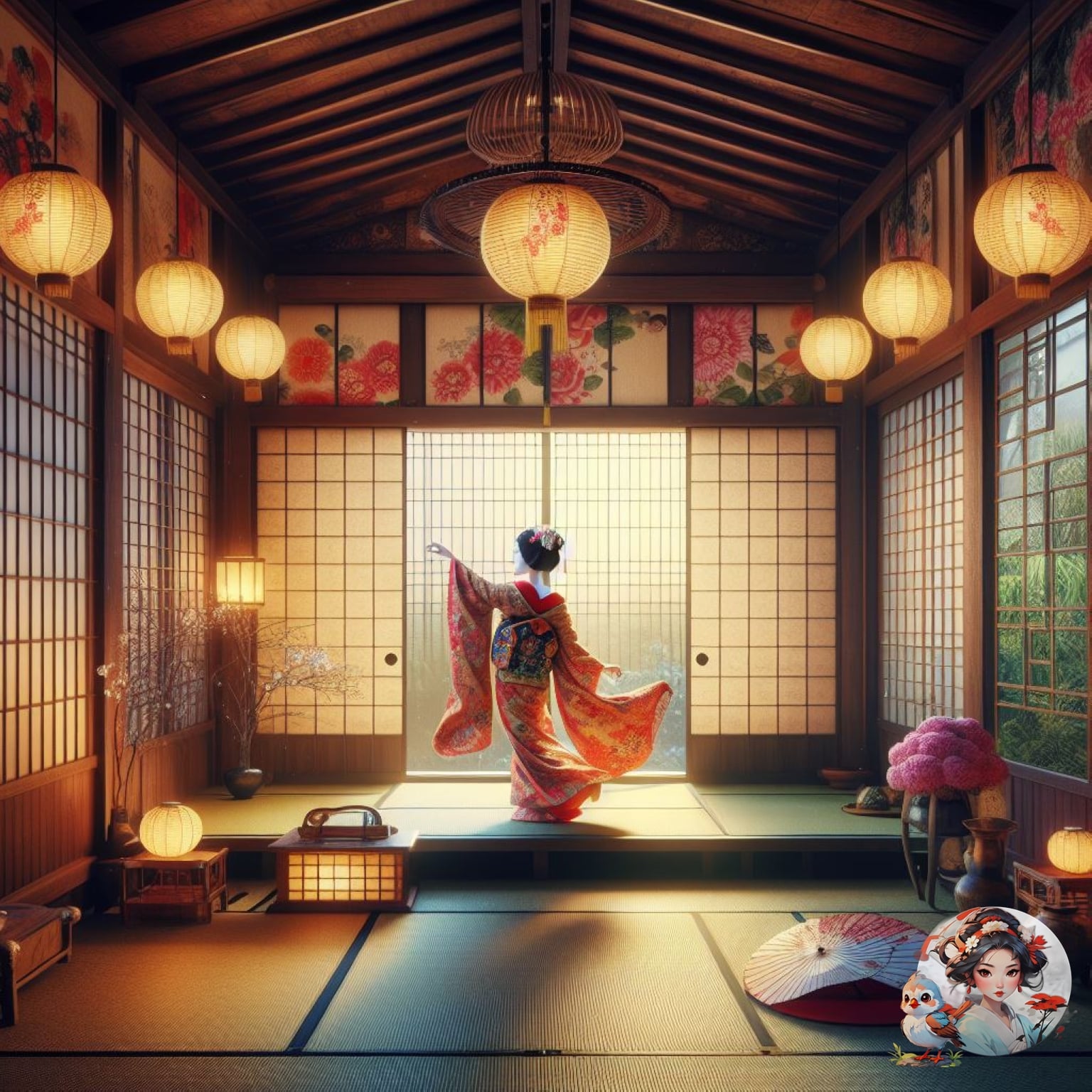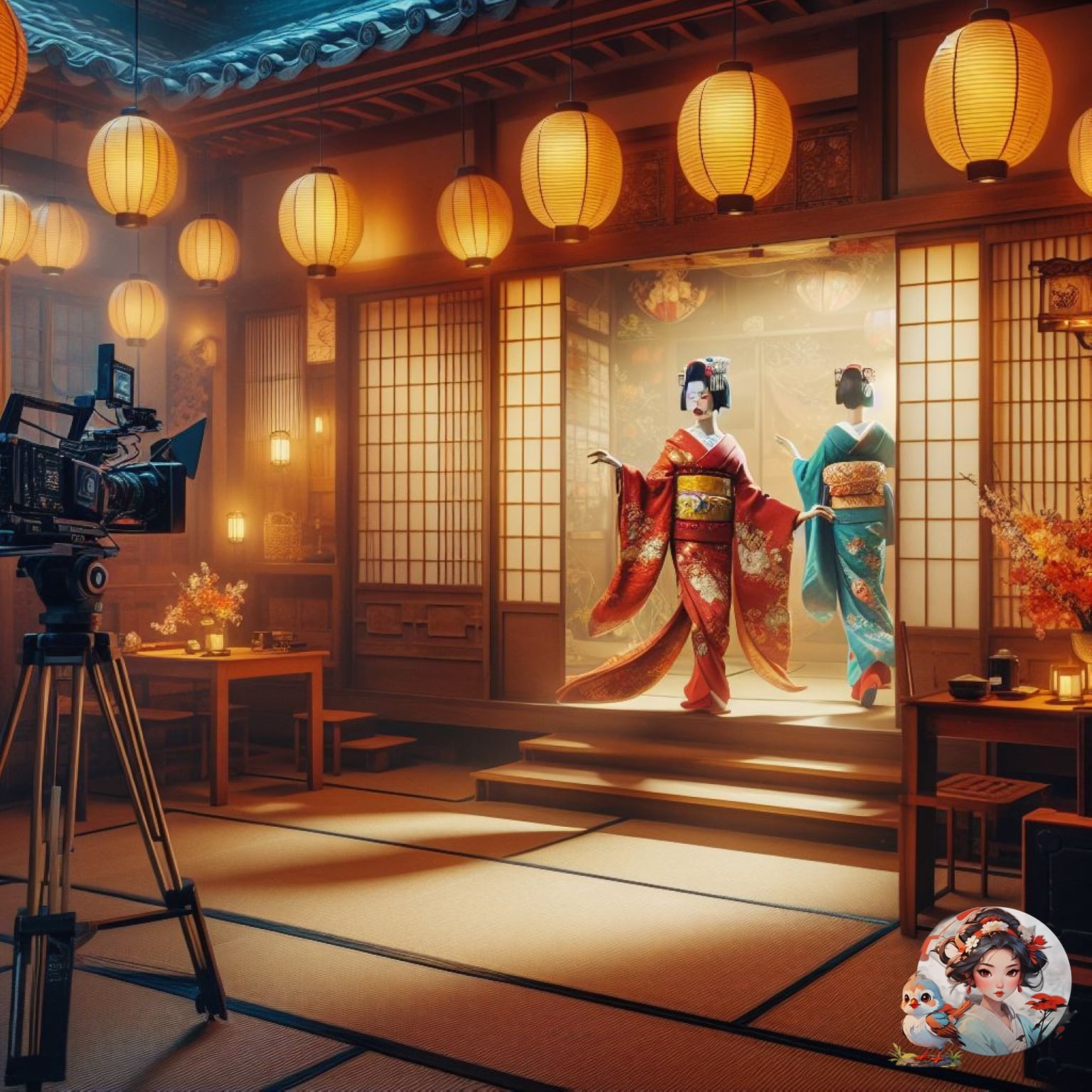Explore the intriguing world of geisha culture, a realm veiled in secrecy and charm. Beyond the elegant porcelain masks and elaborate kimonos lies a tradition that has fascinated people for centuries. From the refined arts they master to the hidden intricacies of their lifestyle, the enigmatic allure of the geisha continues to captivate and enchant.
As we uncover the layers of this ancient and mysterious culture, we gain a deeper understanding of its origins, traditions, and evolving role in today’s society.
Table of Contents
ToggleThe mysterious origins of geisha have been shaped by a blend of ancient traditions and cultural practices, adding to the captivating allure of this revered profession. Saburuko, ancient female entertainers, and shirabyōshi dancers have significantly influenced the development of geisha, molding their unique art forms and performances.
Courtesans also played a crucial role, infusing geisha culture with elements of traditional arts and entertainment. The establishment of yūkaku, walled-in pleasure quarters where prostitution was legalized, further impacted the evolution of geisha.

Oiran, the highest-ranking courtesans, integrated traditional arts into their performances, laying the foundation for the artistic prowess synonymous with geisha. These influences, shrouded in mystery and intrigue, have contributed to the enigmatic allure of geisha, captivating audiences with their mesmerizing traditions and cultural significance.
Geisha are skilled in traditional Japanese arts like kyo-mai dance, which is taught in the Gion district of Kyoto. Inoue Yachiyo, for example, is celebrated for her expertise in these arts and has been named a Living National Treasure. Geisha are also known as geiko in the Kyoto dialect, which means ‘woman of art.’ They continue to captivate audiences with their mysterious performances, showcasing ancient traditions and cultural finesse.
The world of the geisha is filled with elegance and tradition. Geisha, dressed in stunning traditional attire, embody sophistication and grace. Their carefully designed kimonos, intricate obis, and unique hairstyles reflect a deep-rooted Japanese cultural tradition.
During Japanese tea ceremonies, geisha showcase their refined etiquette and poise, adding an air of mystery and elegance to the proceedings. They exemplify hospitality and grace, carrying on a lifestyle steeped in tradition and enigma.
The world of the geisha is steeped in mystique and tradition, with a series of carefully crafted training stages that are shrouded in secrecy and artistry. These training techniques are deeply rooted in the ancient customs and rituals of traditional Japanese culture.
The journey begins with the shikomi stage, where apprentices are immersed in the elaborate etiquette, arts, and performance skills essential to the geisha profession. Following this is the minarai stage, during which apprentices learn under the guidance of a specific teahouse, honing their abilities in traditional geisha rituals and entertainment.

The final stage is that of the maiko, where apprentices, known as ‘women of dance,’ perfect their artistry in the refined and captivating world of the geisha. Each stage is a carefully orchestrated progression, ensuring the preservation of the enigmatic allure and time-honored traditions of the geisha.
The geisha culture has evolved over centuries, reflecting changes in Japanese society. Traditional geisha attire and hairstyles have always symbolized grace and refinement. Geisha have been prominent female entertainers since the decline of saburuko and shirabyoshi dancers.
As Japan’s merchant classes embraced geisha as sophisticated entertainers, their allure grew. Despite facing restrictions and a decline in recruits, modern geisha continue to embody timeless elegance and charm that has captivated the world for centuries.
The modern geisha society is a fascinating enigma, captivating people with its timeless elegance and charm. Geisha play a crucial role in Japanese tourism, drawing visitors into the mysterious world of traditional arts and entertainment. Their presence adds a sense of allure to Japan’s cultural landscape, offering a glimpse into a bygone era.
Additionally, geisha have influenced modern fashion and beauty trends, inspiring designers and beauty enthusiasts with their iconic traditional attire and makeup. Their enigmatic allure continues to inspire and captivate, leaving a lasting impact on the world of fashion and beauty. As guardians of tradition and elegance, geisha hold a timeless power that captivates the imagination.
The world of geisha is often surrounded by mystery and misunderstanding. People frequently confuse them with courtesans or prostitutes, but in reality, geisha are highly skilled entertainers trained in traditional Japanese arts such as music, dance, and conversation. They embody grace and sophistication, playing a crucial role in preserving Japan’s traditional arts and customs.

Unfortunately, modern misconceptions often overshadow their cultural significance, leading to a distorted understanding of who they truly are. It’s essential to dispel these misunderstandings and recognize the profound cultural contributions of geisha.